| HOME |
|---|
ERIDANUS
The River
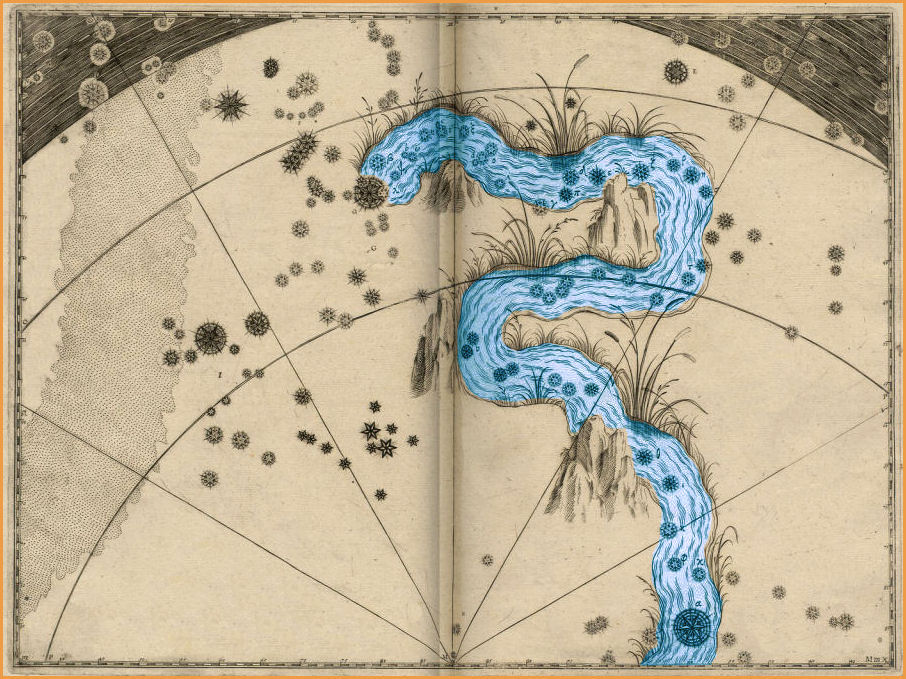
Eridanus - Uranometria by Johann Bayer - 1661
| HOME |
|---|

The river Eridanus begins humbly (as all rivers do), at the feet of Orion. Meandering toward the west it loops back on itself and soon dips south, becoming lost from view to most northern hemisphere observers. Those below 32 degrees north latitude see the river Eridanus winding and tumbling down amongst the southern constellations to end with a splash at the bright blue star Achernar, almost level with the second brightest star in the sky, the brilliant Canopus.
The constellation Eridanus has been around since ancient times and included in Ptomely's original 48, although in 149 AD it was a bit shorter than it is today. Many of the world's great rivers have been associated with Eridanus, but it is generally accepted as generic in nature. In mythology it is the river Zeus flung poor Phaethon into, after the youth ran amok with his father's Sun chariot. The river is sometimes associated with the ancient Greeks' "River Okeanos (ocean)" that surrounded their flat Earth, but there is little in myth or legend to connect the two.
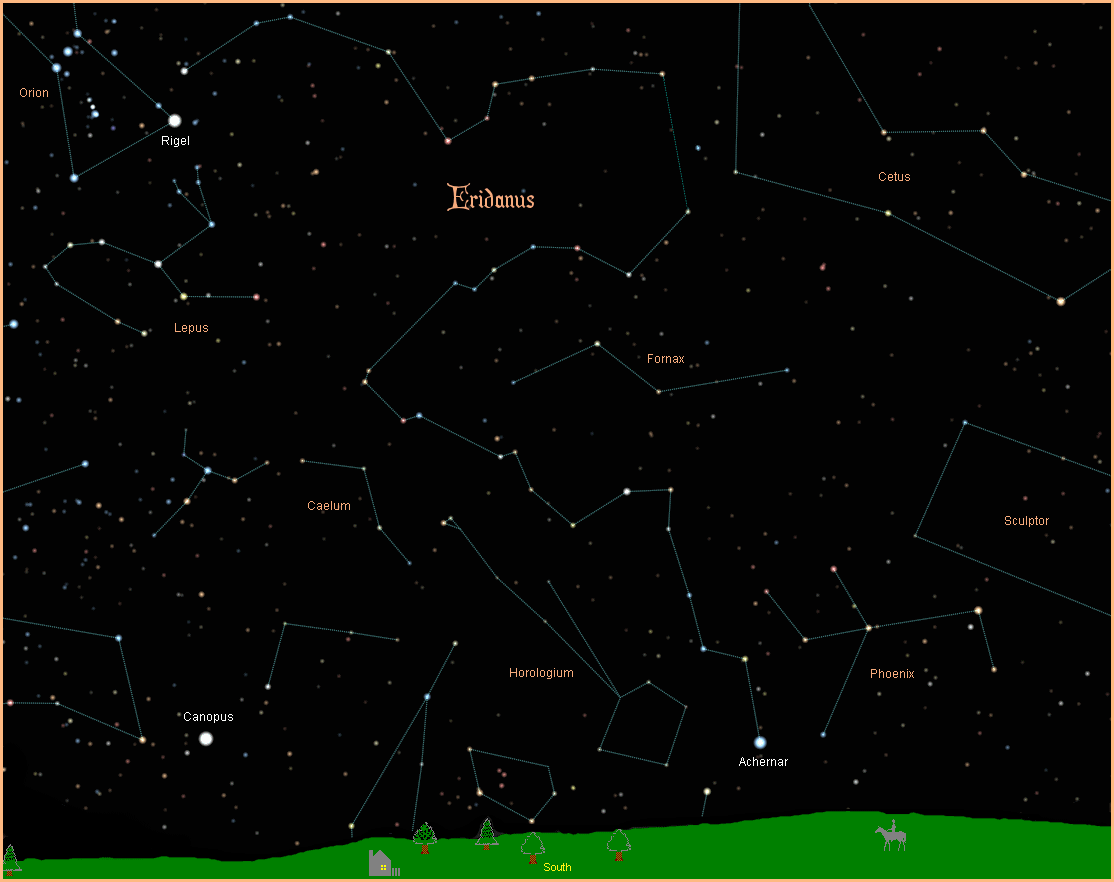
Far down below the horizon for most of the northern hemisphere (above 32 degrees), where the river empties into the southern celestial seas, we have Alpha Eridani, named Achernar, from the Arabic for the star at the end of the river. Even though it is 120 light years away, the hot blue star reaches magnitude 0.46, making it the brightest star in the constellation, and the ninth brightest star in the sky. Classified a B6V blue/white main sequence star, it is seven times the diameter of our Sun, and more than twice as hot. It has a small A3 white dwarf companion star that orbits it once every twelve years.
Returning to the river's roots in the "foothills" of Orion, we find the second brightest star in the constellation at magnitude 2.79, Beta Eradani, named Cursa, Arabic for footstool. Along with its three neighbour stars it forms a square asterism known as "The Footstool of Orion". In ancient times the square of stars was also known as "The Ostrich Nest". It is an A3IV white subgiant, about 90 light years away.
Following the current downstream we soon run into Omicron1 Eridani, named Beid, from the Arabic "Al Baid", the egg, presumably from the aforementioned nest around Cursa. It is an F0III yellow/white giant, with a magnitude of 4.04, about 125 light years away.
Right beside Beid is Keid (Omicron2 Eridani), the egg shell. It is a small, dim K1V yellow/orange main sequence star smaller than our Sun and less than half as bright. Despite its dimness it shines with a magnitude of 4.43, because it is so close, only 16.3 light years away. Keid's claim to fame is that it is one of only a handful of nearby stars known to have a tiny white dwarf companion star, known as Keid-B, or 40 Eridani B. Although Keid-B is only one and a half times the size of our little planet Earth, its extreme density gives it a roaring surface temperature of 16,700 degrees Kelvin and a magnitude of 9.5, making it one of those rarest of things: a white dwarf star that is easily visible in a back yard telescope. And Keid-B also has a companion, a dim red dwarf at magnitude 11.2, Keid-C, making Keid a triple star system. Its nearness to Earth and its unique qualities compelled Star Trek creator Gene Roddenberry to choose this star to be the fictional planet Vulcan, fabled home world of Mr. Spock.
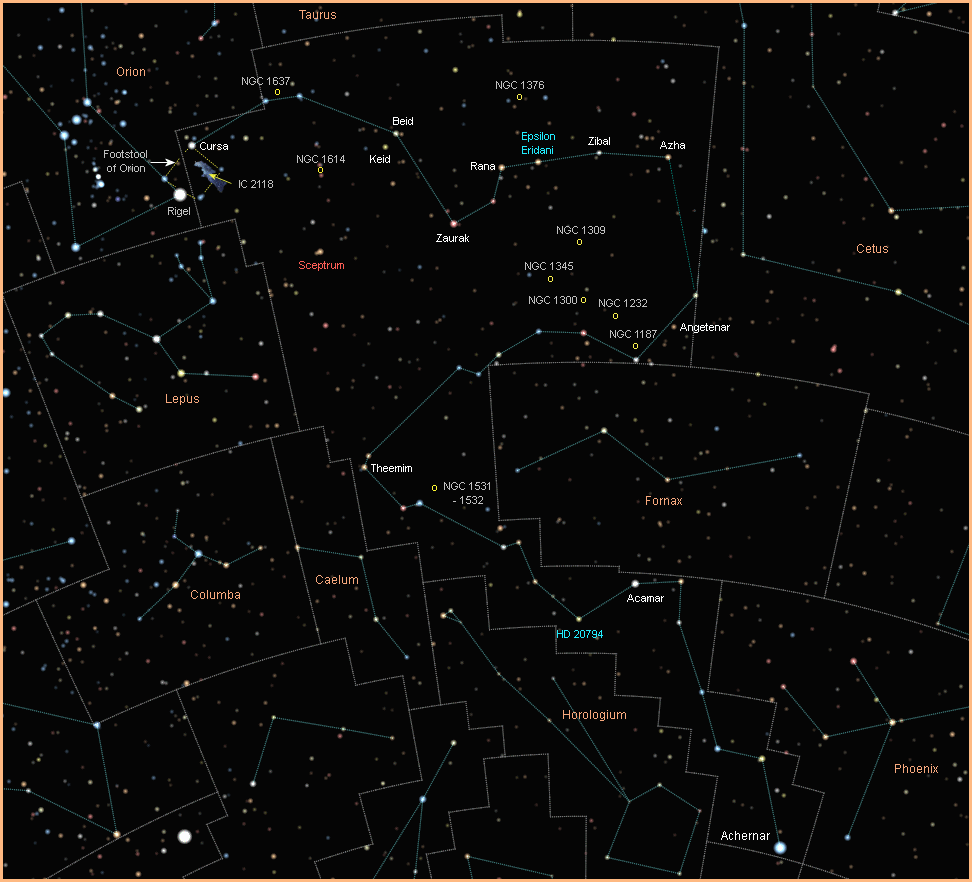
Continuing downstream to where the river turns to begin its big western loop, we meet Gamma Eridani, the third brightest star in the constellation, with a magnitude of 2.97. It is named Zaurak, Arabic for the boat, an M1III red giant, about 200 light years away.
Just downstream from Zauruk is Delta Eridani, called Rana, a name that remains a mystery. Both Allen and Burnham leave this star unnamed. It is a K1IV orange subgiant, with a magnitude of 3.54. Like nearby Keid, it is one of the closest stars to Earth, only 30 light years away.
The next star on the river, Epsilon Eridani, has no name, but it's easily visible to the naked eye (magnitude 3.74), it is just over ten light years away, and it has a planet. A really close naked eye star with a planet is definitely a star to take note of, name or no name. Epsilon Eridani is the third closest naked eye star to Earth. Only Sirius at 8.6 light years, and Proxima Centauri at 4.2 light years, are closer. It is a K2V orange main sequence star, with a planet about 1.5 times the size of Jupiter. The planet is in a highly elliptical orbit with extreme temperature swings that would probably inhibit the evolution of life. But where there is one relatively easy to detect gas giant planet, there are usually harder to detect smaller planets as well, or at least moons, that may be much more hospitable.
Drifting along a little further we find Zeta Eridani, with the name of Zibal, the origins of which are speculative at best, Allen and Burnham once again leaving the star unnamed. It is an A2III white giant with a magnitude of 4.8, about 119 light years away.
Eta Eridani, where the celestial waterway makes a sharp turn to the south to begin its big western loop, is named Azha, a name that seems vaguely connected to the ancient asterism of an ostrich nest around the star Cursa. It is a K0III orange giant, with a magnitude of 3.89, about 135 light years away.
As the river begins to turn back east again, Tau2 Eridani is one of nine consecutive stars allotted the Tau designation by Bayer in the seventeenth century. It is named Angetenar, from the Arabic for the bend in the river. It is a G5III yellow giant with a magnitude of 4.76, about 187 light years away.
Framed in the opening of the river's great western loop is the orange star 53 Eridani, named Sceptrum, at one time the brightest star of a separate small constellation called The Sceptre Of Brandenburg, which was not included in the official 88 constellations authorized by the I.A.U.in 1930. Sceptrum is a K1III orange giant, about 110 light years away with a magnitude of 3.86.
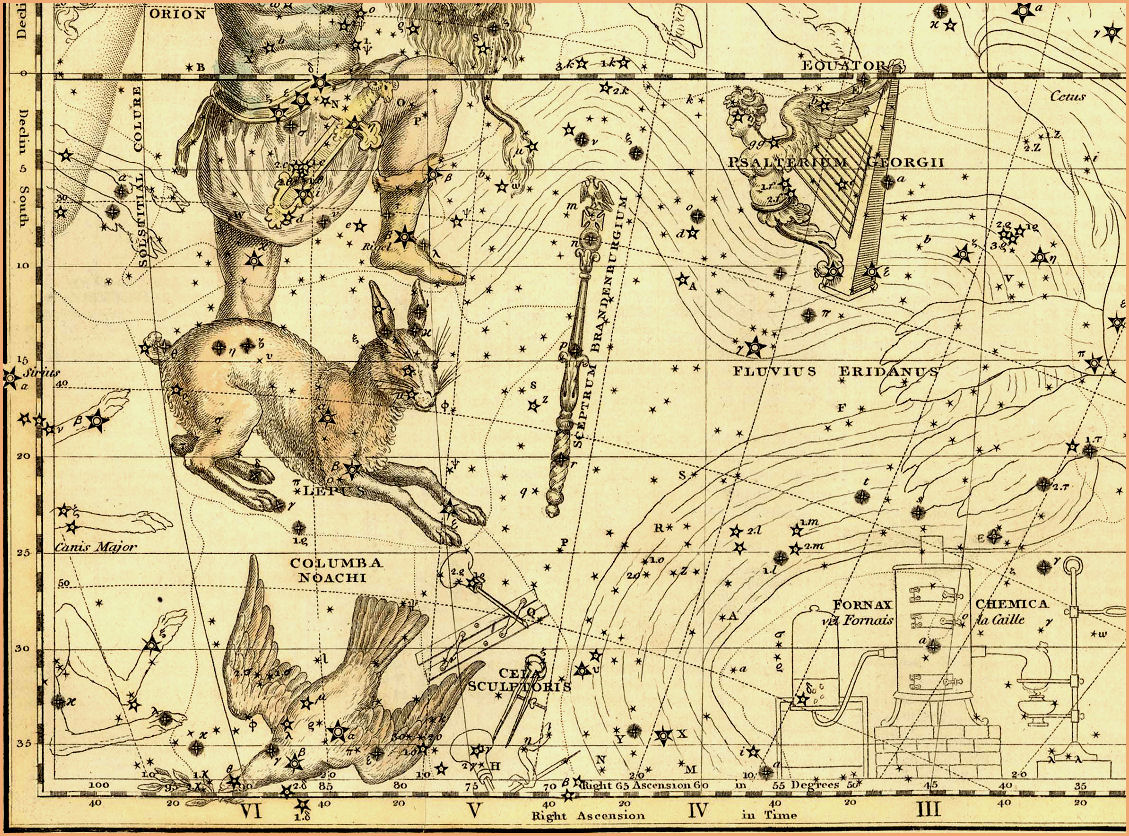
Where the river plunges south again with a vengeance is the star Upsilon-2 Eridani, part of a chain of seven stars Bayer designated as Upsilon. This particular Upsilon has the name Theemim, the source of which defies consensus. It is a G8III yellow giant, magnitude 3.81, about 215 light years away.
A little further downstream, where the river takes a short jog to the west, is another unnamed, nearby, naked eye star with a planetary system. It is a G8V yellow main sequence star, very much like our Sun. The star is designated HD 20794 (E Eridani, 82 Eridani), with a magnitude of 4.27, and it is only 19.8 light years away. It has not one but three planets, and they are not your usual gas giant exoplanets, but much smaller, rocky worlds only 0.01 times the mass of Jupiter. Classified as super Earths with about four times the mass of our planet, they are theoretically good places to look for life. In this case however, all three planets are in extremely close orbits well inside the orbit of our Mercury. The surfaces of these planets would likely be molten, and exceedingly hostile to life. But there may be more planets, further out where they're harder to detect, so this is another star that is being studied closely.
Theta Eridani was given the name Acamar, taken from Achernar (end of the river), because in Ptomely's time this was where the original constellation ended. It is a telescopic double, with Theta-1 an A3III white giant, and Theta-2 an A1V white main sequence star. They are about 160 light years away with a combined magnitude of 2.88.
As discussed above, Eridanus contains two planet hosting stars that are visible with the naked eye, Epsilon Eridani and HD 20794. To be able to look up at the sky without any optical aids, and see a star (or two!) with confirmed planets and the possibility of life is always a special thrill. Beyond naked eye visibility, there are sixteen other stars with planets in Eridanus, but they are all very far away, and all their planets are big, inhospitable gas giants. For more information on these and other extrasolar planets, visit NASA's New Worlds Atlas, and The Open Exoplanets Catalogue.
Beginning back at the river's source in the misty "highlands" inside the Footstool of Orion, too faint to see without long exposure photographs, is the reflection nebula IC 2118 (NGC 1909), or The Witch Head Nebula, looking eerily like a profile of the proverbial wicked witch. Lit up by the light of Orion's nearby star Rigel, it is about 1,000 light years away with a magnitude of 13.0. In the inverted, reversed telescopic image below, Rigel is out of frame to the upper right. The brighter star just left of centre is Psi Eridani. The nebula is most likely a fragment of an ancient supernova remnant, in which pockets of gas and dust are coalescing and beginning to form infant stars.
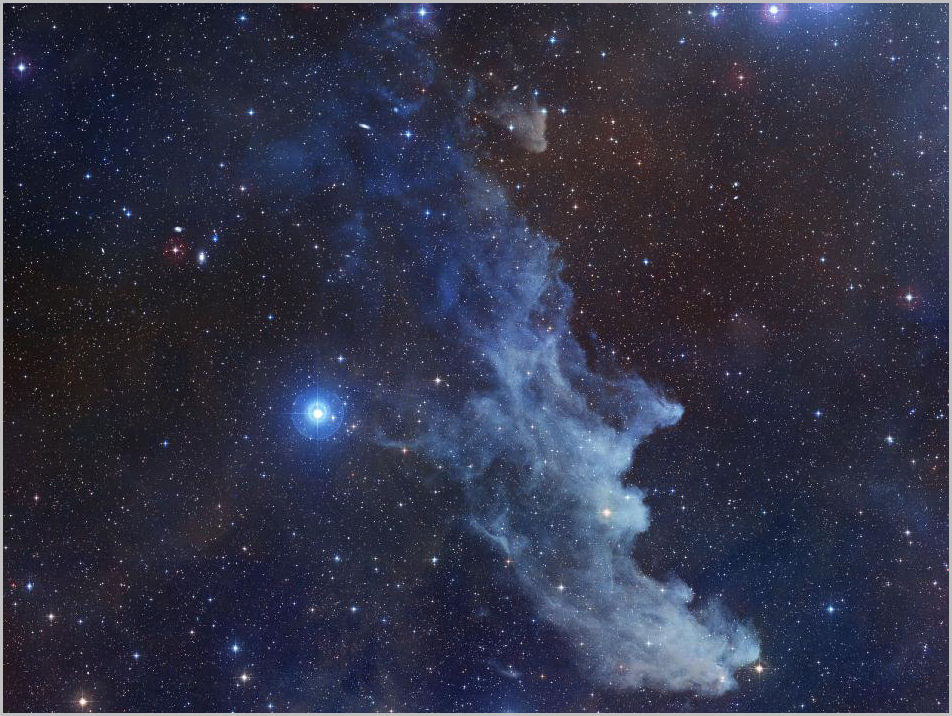
As the river turns from a trickle to a stream we find NGC 1637, a relatively close spiral galaxy about 35 million light years away. It was the site of a supernova in 1999, as well as powerful sporatic bursts of X-rays, indicating the presence of black holes and neutron stars inside the galaxy. With a magnitude of 9.69, it is observable in small telescopes.
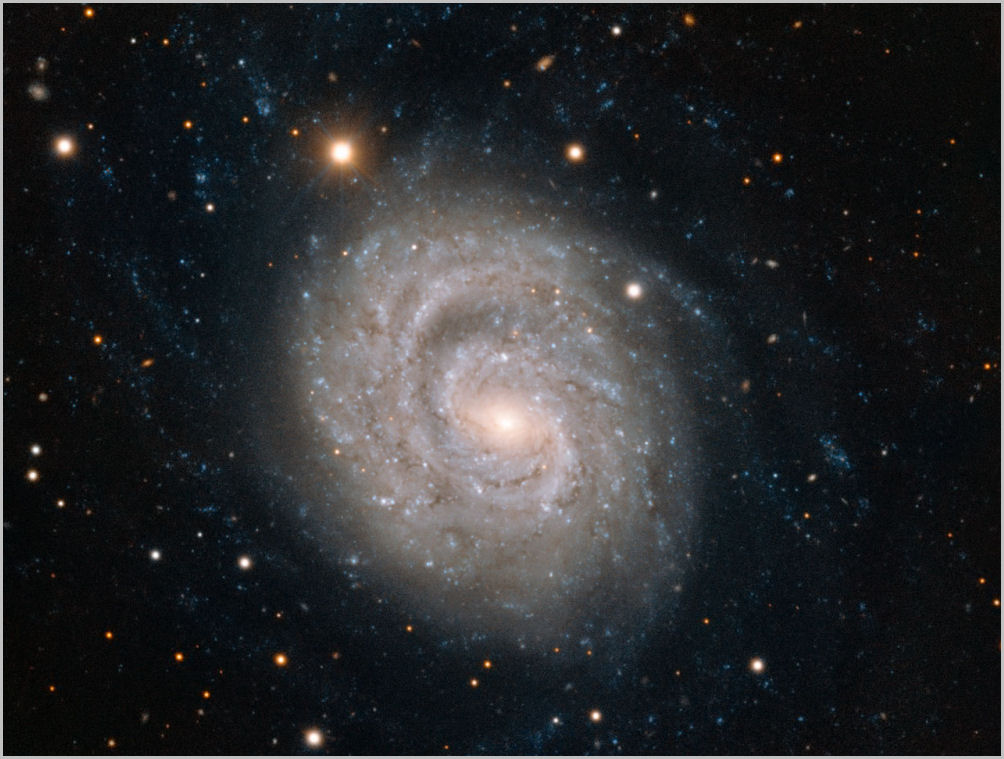
Inside the first gentle bend of the young river, near the head of the Sceptre Of Brandenburg, is the unusual spiral galaxy NGC 1614. Its unique structure is the result of two spiral galaxies recently merging and becoming one. At the very great distance of 200 million light years, it only manages to reach magnitude 12.5 and is best viewed through larger telescopes.
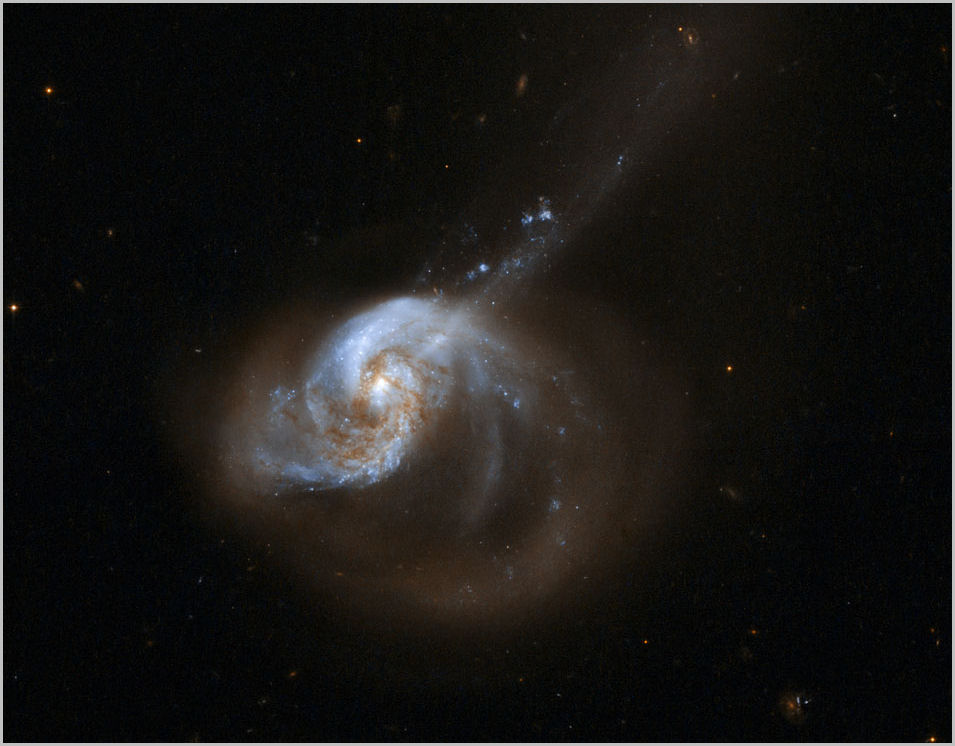
As the river grows and continues to head west, on its northern bank is another faint spiral galaxy, NGC 1376. It is also very far away at 180 million light years away, only managing a magnitude of 11.5. The galaxy hosted a supernova in 1990.
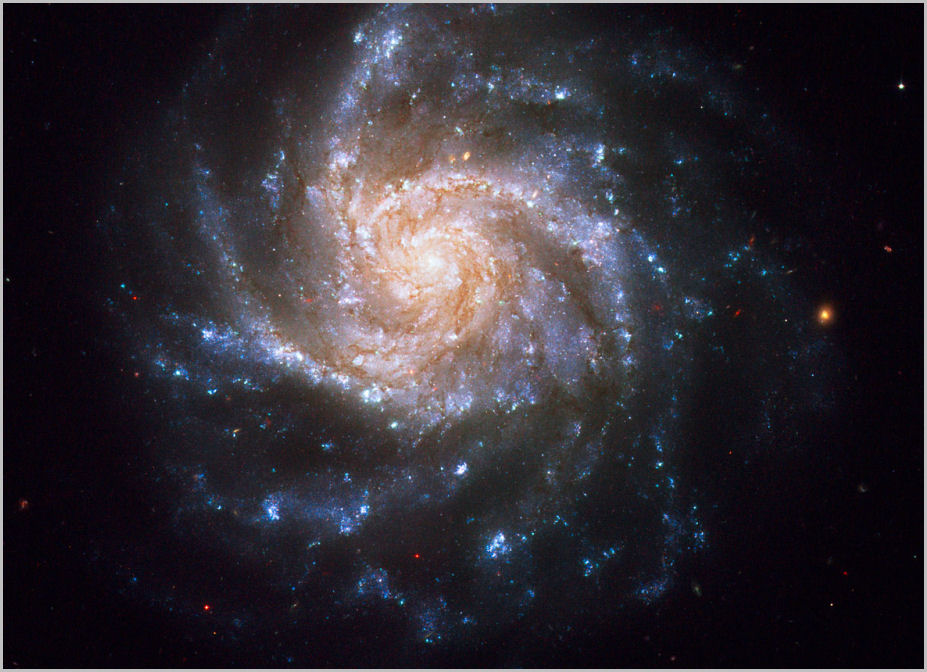
Inside the great western loop of the river Eridanus is a large group of about 200 galaxies referred to as the Eridanus Galaxy Cluster, one of the most northerly members being the spiral galaxy NGC 1309. At a distance of 100 million light years it has a magnitude of 11.4, and was host to a supernova explosion in 2002.
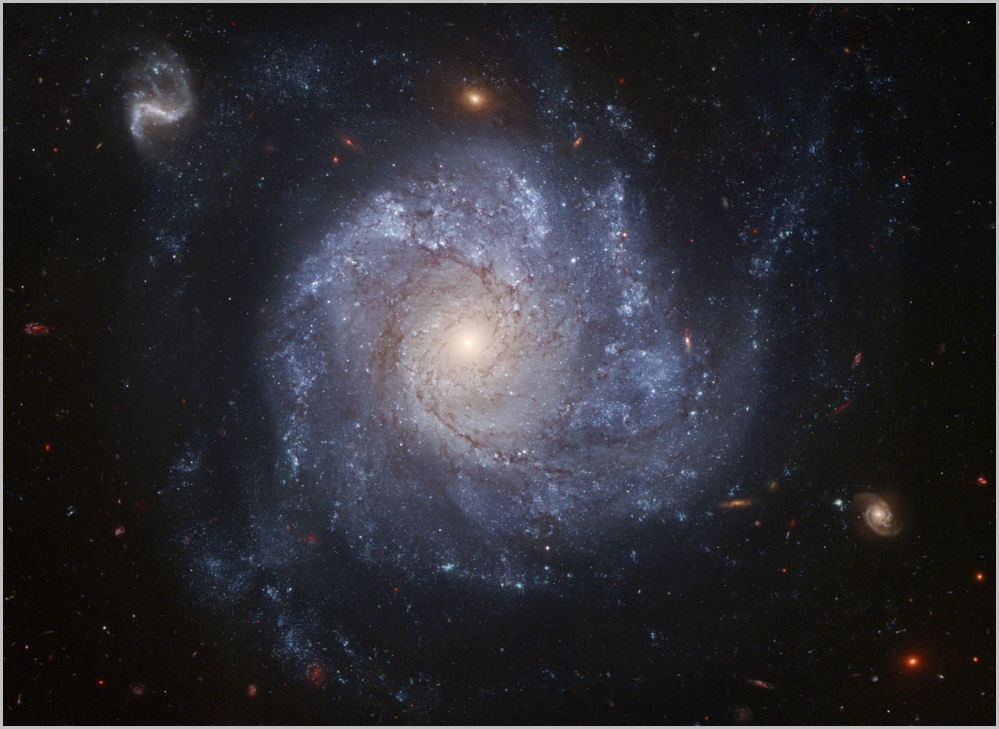
Spiral galaxy NGC 1345 is about 85 million light years away, and is characterized by the loose, open structure of its spiral arms. Its magnitude of 11.4 puts it into the realm of larger telescopes.
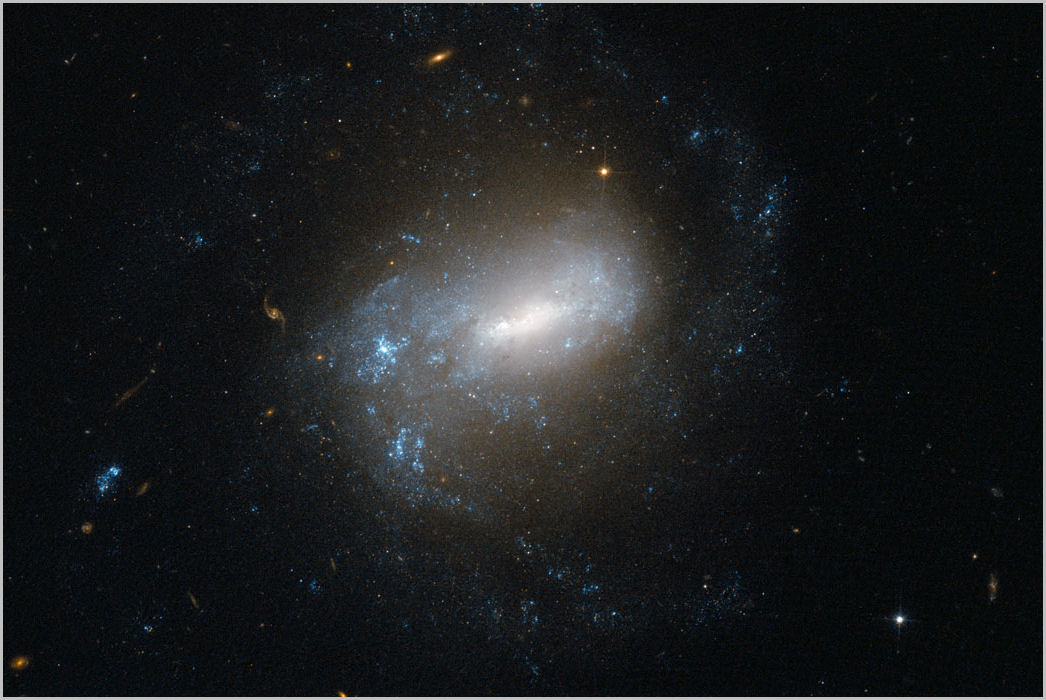
NGC 1300 is a barred spiral galaxy 60 million light years away. Its prominent central bar makes it the perfect prototype of a barred spiral. With a magnitude of 11.4, it too is best viewed in larger telescopes.
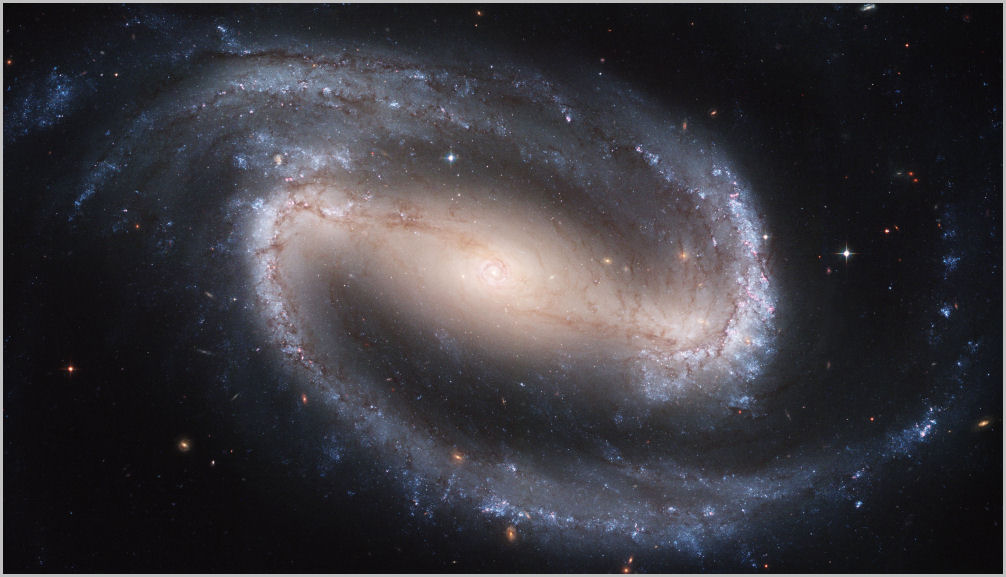
NGC 1232 is another large spiral galaxy 60 million light years away. With a width of 200,000 light years it is about twice the size of our Milky Way Galaxy. At magnitude of 10.9 it is a challenge for a small scope.
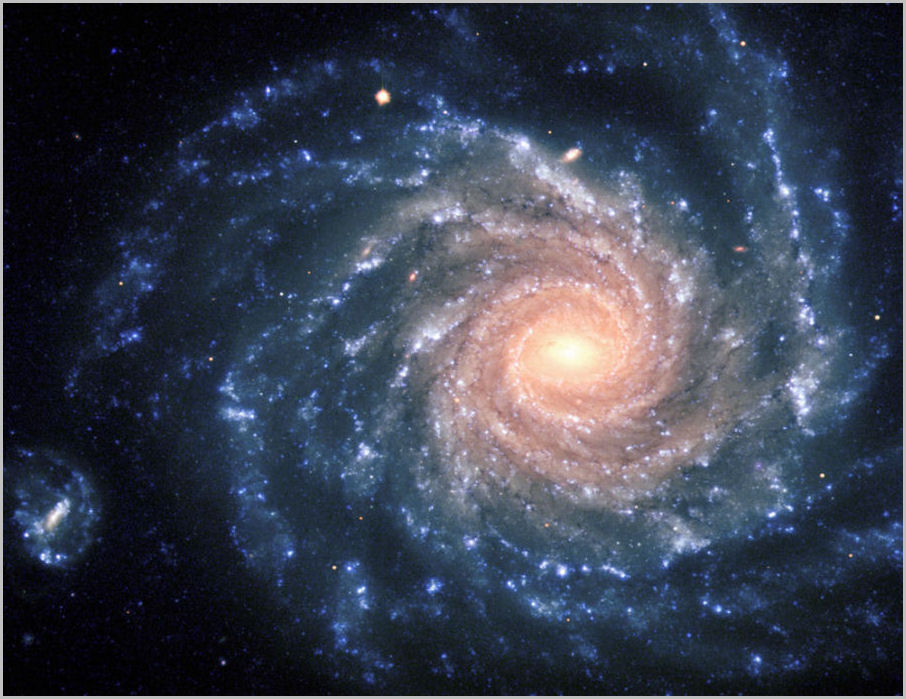
Spiral galaxy NGC 1187 is 60 million light years away. It has hosted supernova explosions in 1982, and again in 2007. With a magnitude of 9.73 it is a relatively good target for a small scope.
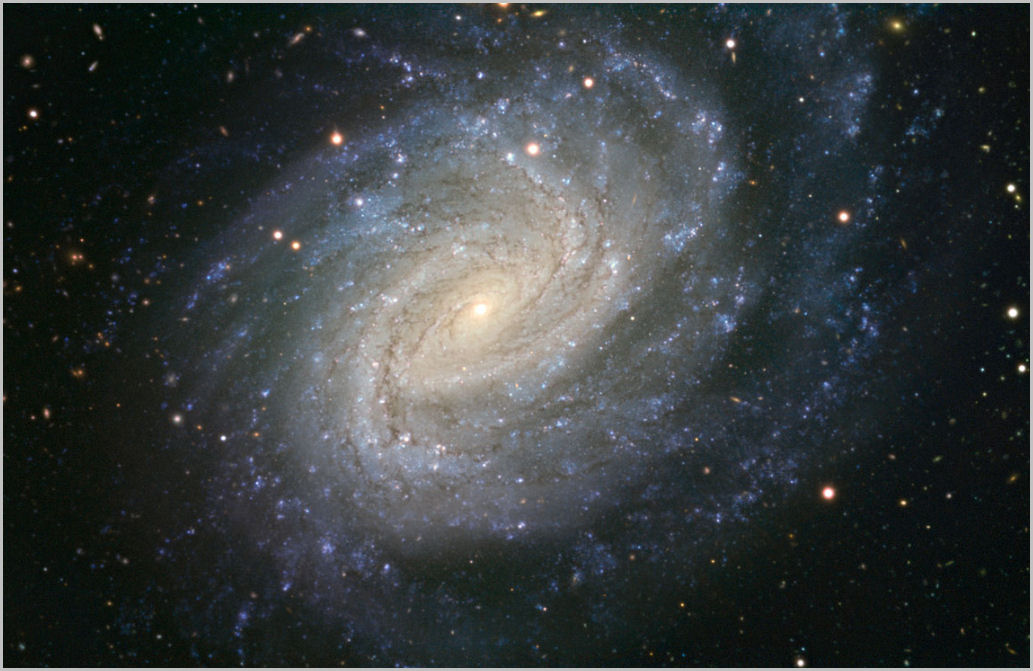
Away from the Eridanus Galaxy Cluster, where the river starts its southerly plunge, are the interacting spiral galaxies NGC 1531 and NGC 1532. One of the closest examples of interacting galaxies, they are about 55 million light years away, their clashing gravity wells distorting their shapes and spawning countless births of bright new stars. At magnitude 10.6 they are difficult targets for a small scope.
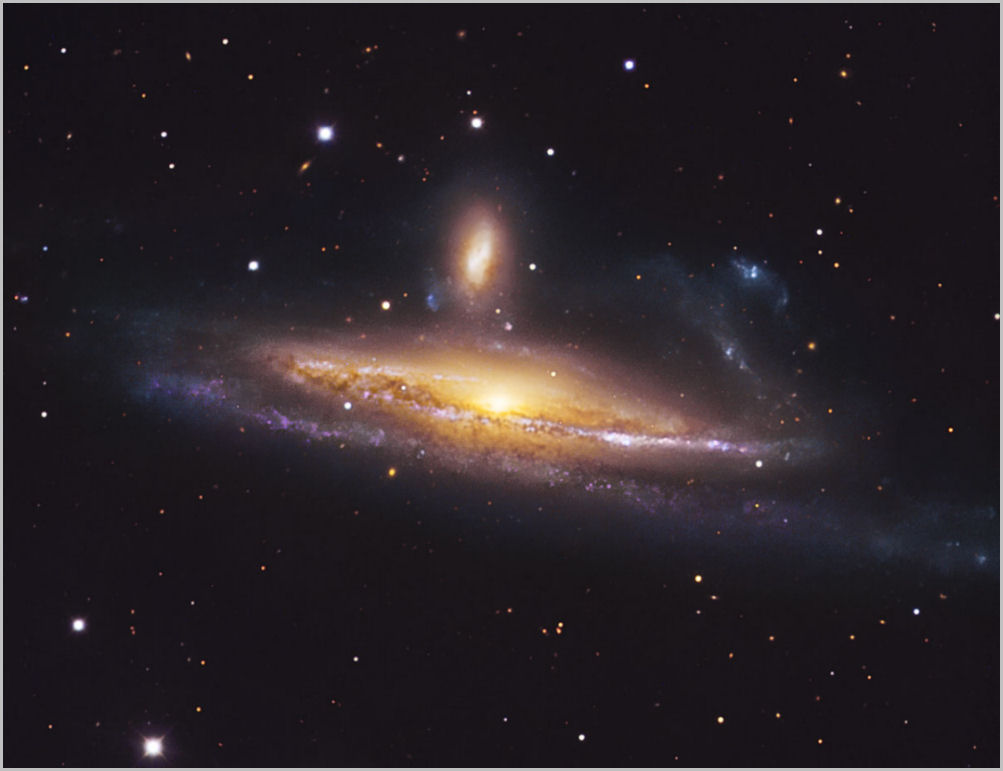
|
|
|
|
|
|